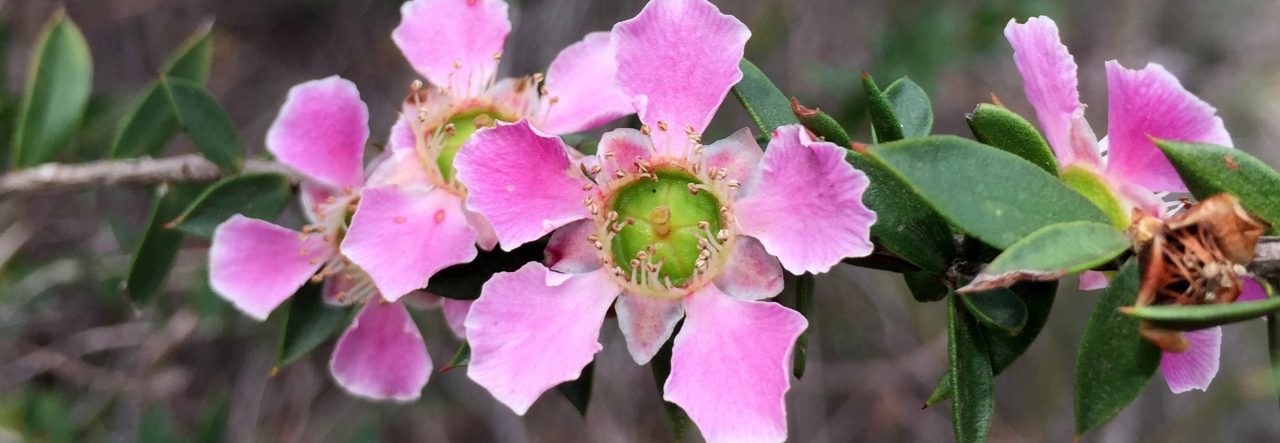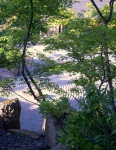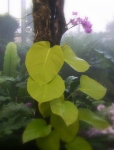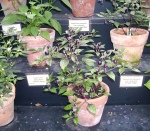Weeks before the official start of the season the Chelsea Physic Garden already welcomed visitors to peek behind its heavy walls on the first two weekends in February.

I took the occasion to have a look at the garden at this early time in the plant season, remembering last year’s opening when for once the otherwise rather neglected woodlands were the most attractive part of the garden.
The weather was nothing to write on this blog about. Sat 6 at least saw some sun, but the following Sat was simply freezing cold, with a nasty wind that made your bones shiver. To warm up the tropical corridor glass house was very much appreciated. Its 17°C felt like a steamroom compared to the outside and many visitors chose it over hunting for snowdrops.
The snowdrops, apparently up to 100 different species scattered across the garden, of course where the star of the show!
But also some other early spring plants reminded us that the better season is (soon?) to come.
What was out and about:
- The Snowdrop – Galanthus
A solid collection of snowdrops was displayed in a Victorian-styleprimulasnowdrop theatre placed right next to Sir Sloane’s statue where galanthophiles and those simply trying to see whether there are actually noticeable difference between the varieties could conveniently study the little perce-neiges at eye level.
Victorian Snowdrop Theatre The little snowdrop called “Lyn” with its frisky petals caught my attention:

Galanthus Lyn Many more varieties were also availabe for purchase; among them the unpretentious “Good for nothing”. That must have been one frustrated snowdrop breeder!

Galanthus 'Nothing Special'
- The Hellebore – Helleborus
Hellebores belong to the buttercup family (Ranunculaceae) and can be found out and about with abundant foliage braving the elements in deep winter. The garden boasts different species, some of them of garden origin.

Helleborus x Hybridus Early Purple

Helleborus x Hybridus

Helleborus foetidus - stinking hellebore

Helleborus Lindus - Balearic Islands
- The Winter Aconite – Eranthis hyemalis
Another species from the buttercup family equipped with nectar glands providing food for the early bee. With a yellow so bright it almost hurts your eyes it was a favourite with visitors.

Glowing Eranthis hyemalis
- Petasitis fragrans and japonicus
Certainly not for their mushroom-like “beauty” but more so for what’s to come in terms of hat-like foliage and most of all medicinal properites, Petasitis, or butterbur as it is commonly called – apparently because the big, cooling vegetative leaves were used to wrap up butter – should be listed here. Butterbur extract containing petasin and isopetasin as active ingredients is used in the prevention and treatment of migraine. The effectiveness of the extract has clinically been proven. For it to be administered liver-toxic substances need to be removed from the extract.
So don’t try this at home!
- The Primrose Jasmin – Jasminum mesnyi
Raise your eyes from the ground to spot the Primrose Jasmin hanging in long strands down the southern wall of the garden. Its tiny yellow flowers on dark green glisten like stars. Shyly pretty.
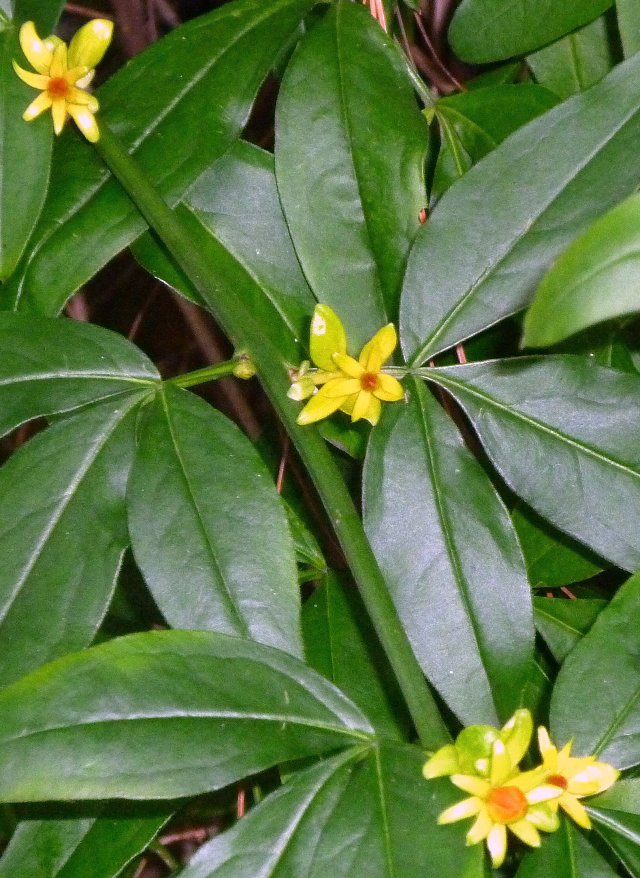
Jasminum Mesnyi - Primrose Jasmin
- The Black Parsley – Melanoselinum decipiens
From the delicate snowdrops to the strong towering Black Parsley whose new leaves emerge in dark red colours. This plant is native to Madeira and is thriving early in the year, producing one massive leaf after the other on a impressively strong, wrist-thick stem. Apparently it takes several years for the perennial plant to flower for the first time. I’ll be curious whether the specimen in the garden will be among them this spring. This should be quite a show!
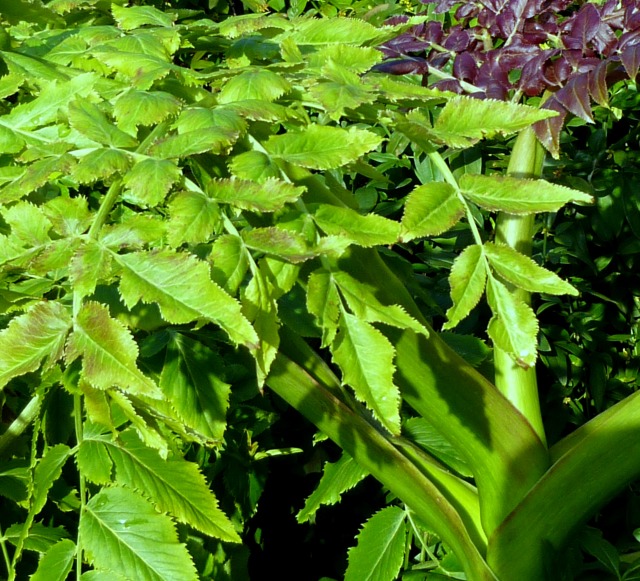
Melanoselinum decipiens Official start of the public season at the Chelsea Physic Garden is April 1, 2010. Lots will already have changed by then and from the early spring flowers probably only seeds will remain while many other plants will prepare for getting into flowering shape.
